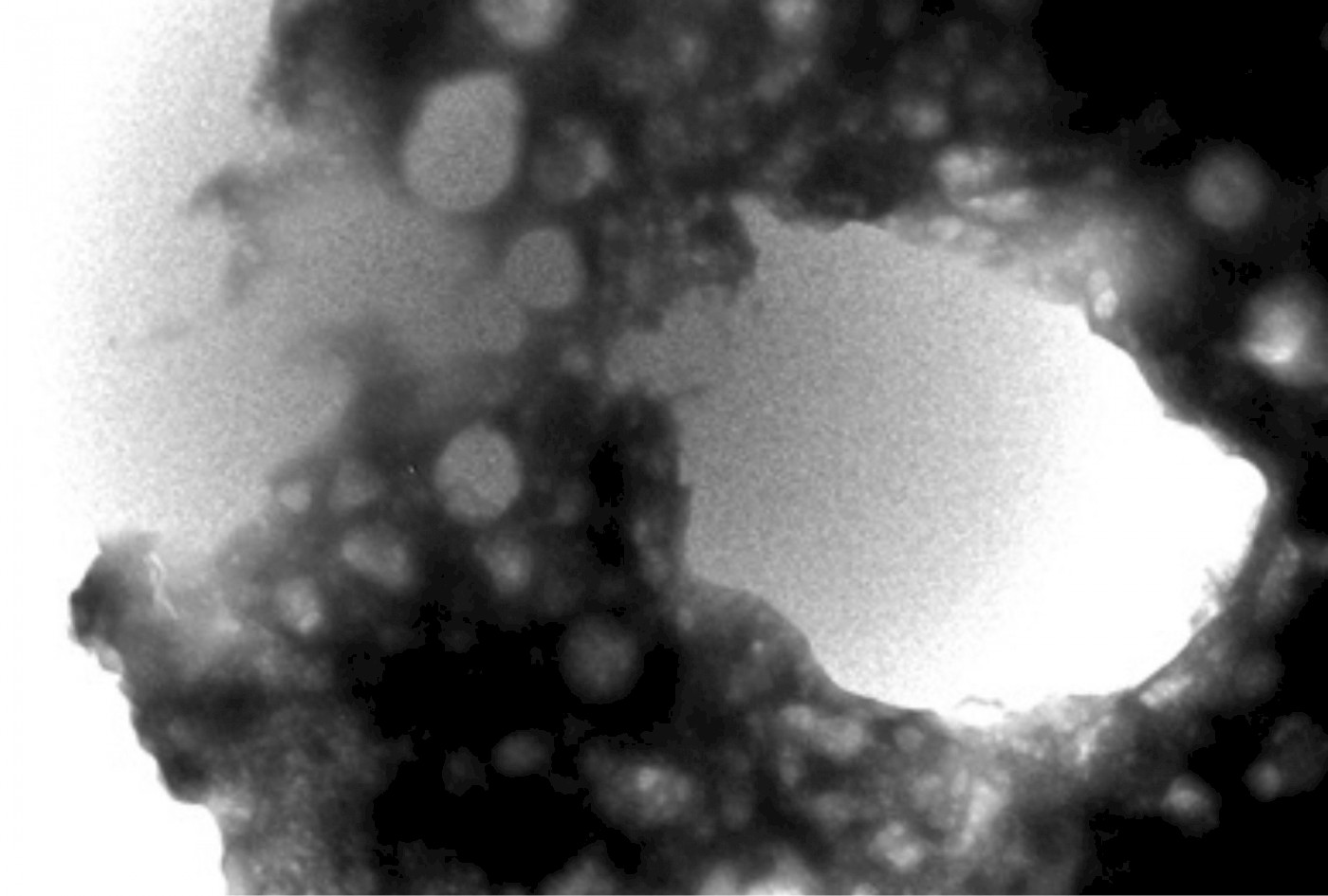
For a head and neck oncologist, the most serious challenges that oral cancer presents are detection and resistance. They don’t see the tumour till it is significantly large, and once treated, they don’t detect resistance to the treatment till a follow up is done. In both the cases, invasive biopsy procedures have to be conducted.
Liquid biopsies signal a revolution in the space of cancer diagnosis, tumour aggressiveness, and prognosis given their ease of collection and the fact that they accurately reflect molecular changes happening in tumours, especially hard-to-reach tumours. Researchers of the Oral Cancer Cluster at the Biological and Life Sciences division, School of Arts and Sciences, and doctors from the Department of Head and Neck Oncology, HCG Cancer Centre, Ahmedabad, have made a breakthrough discovery that promises to alter the invasive method of conventional biopsy in oral cancer patients. Their study had led to the discovery of a novel miRNA in the saliva of patients that will help predict tumour aggressiveness and better prognosis of oral cancer. Essentially, instead of recurrent invasive biopsies to monitor the growth rate of the cancerous tumour and the efficacy of treatment, oral cancer patients will just need to spit a couple of times into a tube. Vivek Tanavde, Associate Professor, Biological and Life Sciences, School of Arts and Sciences; Shanaya Patel, DBT Wellcome India Alliance Early Career Researcher at Ahmedabad University; and Aditi Patel, PhD student at Ahmedabad University in collaboration with senior oncologists Dr Kaustubh Patel and Dr Dushyant Mandlik of the HCG Cancer Centre, conducted the study on salivary exosomal miRNA-1307 which was published recently in the International Journal of Molecular Sciences, a leading journal in the area of molecular diagnostics.
While saliva is a valuable body fluid for liquid biopsies, the challenge of isolating good-quality RNA from saliva has hindered previous efforts to use saliva for liquid biopsy. Salivary exosomal miRNAs as biomarkers facilitate repeated sampling, real-time disease monitoring, and assessment of therapeutic response. This study has identified a single salivary exosomal miRNA prognosticator, miRNA-1307-5p, that will aid in improved patient outcomes using a liquid biopsy approach. This microRNA is detected only in oral cancer patients and it stays if there is a presence of even a significantly small tumour. As the stage of oral cancer progresses, this expression of R-1307-5p also increases, which helps in understanding the aggressiveness of cancer expansion.
Explaining how the idea will revolutionise the prediction of patient survival and also that of resistance to therapy or specific medication, Professor Tanavde says, “Oral cancer specifically has several challenges. Patients don’t consult a doctor until there is a visible patch which might be too late for therapy. If the tumour is surgically removed, one doesn’t know if resistance has developed unless a follow-up is done, which typically happens only with visible signs of tumour growth, and there is an invasive biopsy needed at every stage. Our idea is to move towards non-invasive, definitive methods that would enable accurate monitoring of tumour response to therapy. At the same time, we would like to make this widely accessible and cost-effective. We used commercially available kits to purify salivary exosomes. Then, through a simple PCR, which is now available in the smallest of towns, we can measure the expression of miRNA-1307-5p.”
Besides being non-invasive, this discovery will improve prediction of the survival of a patient and the prediction of resistance. As compared to the earlier miRNA-21, the miRNA-1307-5p is much better at predicting patient survival and can be done with the assistance of a simple PCR which ensures compliance for follow-ups.
Oral cancer is the 2nd largest cancer in India, with lip/oral cavity cancers accounting for 10.3 per cent of new cases and 8.8 per cent of deaths, according to a report published by the International Agency for Research in Cancer, an intergovernmental agency part of the World Health Organization. (Source: Globocan 2020)